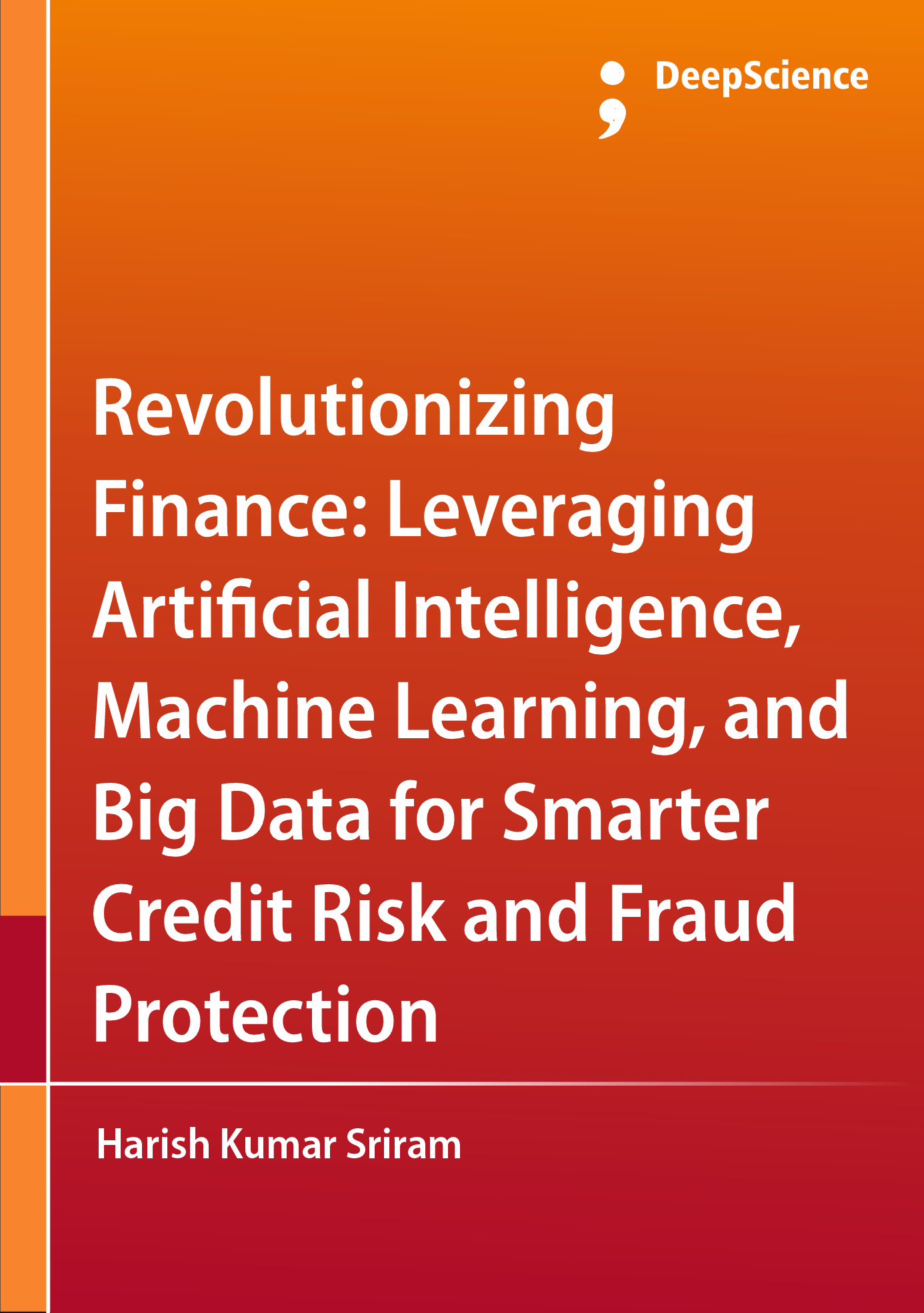Artificial intelligence in credit risk assessment: Algorithms that learn and adapt
Synopsis
Financial institutions need to know how much credit risk they take when lending money. This is key because high credit risk can cause large financial losses. Making informed decisions about whom to lend money to and under what terms also benefits the long-term financial position of corporations and governments. Financial institutions that set fair terms for the credit risk they take are more likely to make a profit. A lender who makes large sums of money is better able to guarantee its customers’ deposits and investments. Economic systems, economies, and financial markets are also more stable over the long term if banks make careful credit decisions.
This paper is based on the assumption of this necessary connection between the result of a credit risk assessment and decisions on the allocation of resources. Credit risk assessment is based on statistical methods. The type of evaluation to be undertaken influences the particular statistical model, approaching to investigate factors and their relationships. There is no single best method for assessing credit risk. The successful operation of various statistical models relies on the possession of accurate data, though this is a high standard that cannot always be met. The accuracy of the data affects how accurately the models can interpret the relationship between different factors that influence credit risk. Two factors have improved the relevance of the use of statistics in credit risk assessment for banks: computing capacity and an increasing interest in how technology can be used to optimize and organize business operations.
Research has been published on technology that scans companies' financial statements and how it can be used to analyze credit risk. The accuracy of these instruments in predicting bankruptcy and credit risk is very high. Not only do these instruments show that there is an interest in the use of technology in credit risk assessment, they can also be seen as an example of the wisdom of the operation of financial and loan operations. The recent study demonstrates that technological solutions are available that show how business activities are planned. These aforementioned companies are specialized in providing technology that can assess the entire credit risk of a bank's customer base. Technology has been developed around the globe to familiarize banks with the credit risk posed by an individual customer. Artificial intelligence technology is able to combine and resell credit evaluation rules from different banks around the globe. As a result, the technology can evaluate the credit risk that the company in question represents within different loan project banks under different loan concession criteria.













